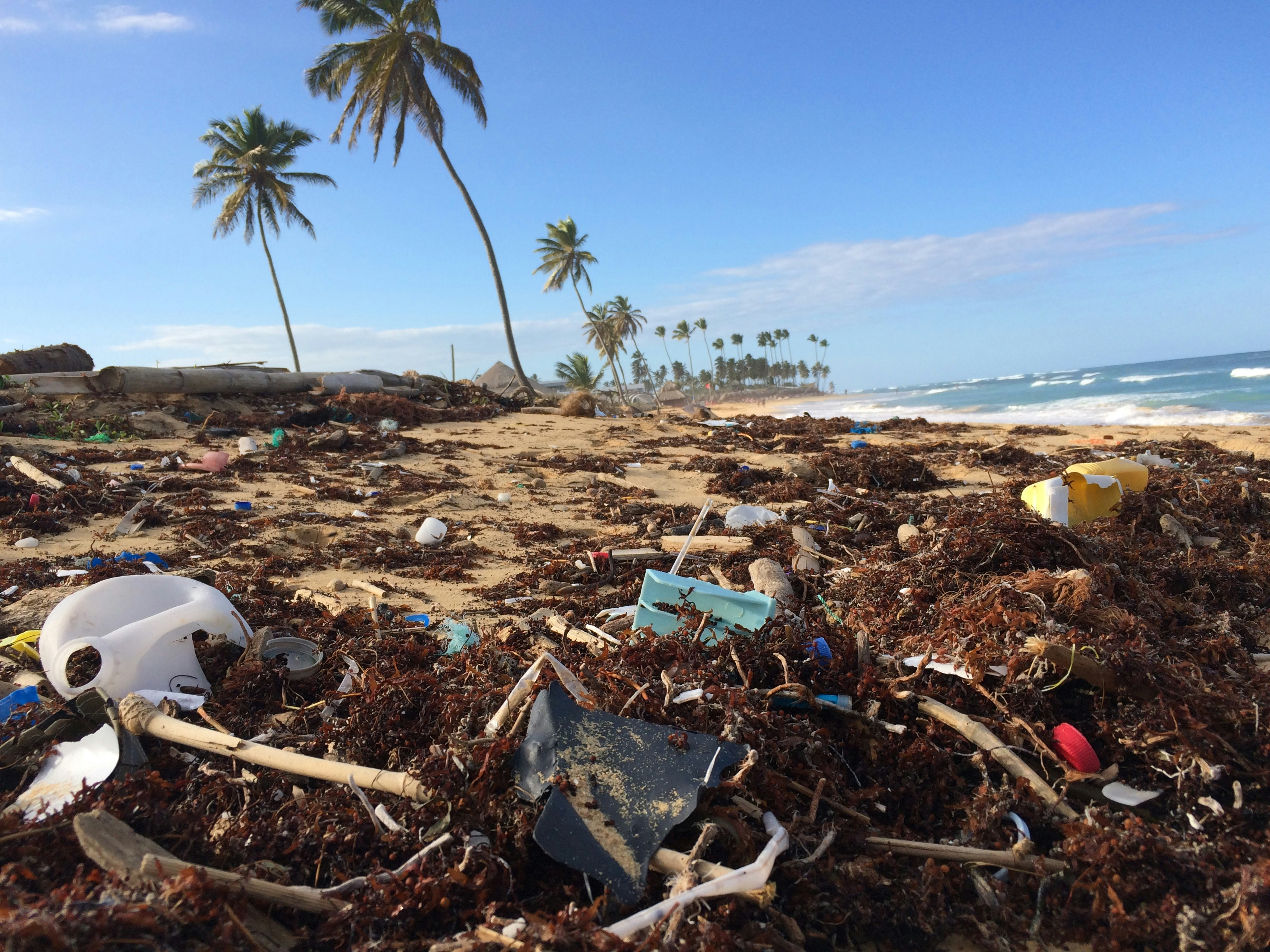By Anna Lexxy Mbucho
Though less discussed than plastic pollution, the impact of non-plastic garbage in our oceans is substantial and presents several environmental issues. Hazardous substances, poisons, and heavy metals are frequently found in non-plastic garbage, which includes abandoned batteries, technological debris, and industrial leftovers. These substances have the potential to leak into the ocean and contaminate the marine ecosystem. When contaminated seafood is eaten, these substances may impact human health as they bioaccumulate in the food chain and harm marine life.
Glass debris and metal waste (such as cans and fishing gear) can physically injure marine life. Large objects have the potential to trap and entangle marine life, while sharp edges from rusted metal and broken glass can harm creatures. This physical harm can result in infections, limb loss, or even death, which lowers marine environment biodiversity. Food scraps and agricultural runoff are examples of organic waste that can pollute the waters with nutrients. Though seemingly innocuous, an overabundance of organic materials can elicit “dead zones” via the process of eutrophication. Most of the marine life cannot thrive in dead zones, which are regions with low oxygen levels. This throws off the balance of marine habitats and causes biodiversity loss in the nearby ecosystems.
Waste from shipping, construction, and other industrial activities, such as concrete, wood, or textiles, can contribute to physical changes in marine environments. Large debris can alter habitats, damage coral reefs, and disrupt the seafloor. These changes can lead to habitat loss for many marine species, disrupting the ecological balance and leading to the decline of vulnerable species.
Non-plastic garbage can change the pH of water or cause it to become murkier. This has an impact on fish numbers, coral reef health, and other marine life that depends on clean, clear water to survive. Fish stocks can drop, coral reefs can be destroyed, and marine biodiversity can be lost because of poor water quality. Waste that is not made of plastic can contaminate marine habitats with dangerous microbes or invading animals. For instance, invasive organisms that outcompete native species can be carried by ship garbage. The collapse of a local ecosystem brought on by invading species can lower biodiversity and change the composition of marine communities.
Activities carried out by humans, including fishing, tourism, and recreation, may be impacted by non-plastic garbage in the water. For example, fishing nets may be harmed by metal debris, and tourists may be discouraged by contaminated waters. For populations that depend on the ocean for their lives, the economic effects of these disturbances may be dire.
The presence of non-plastic waste in our oceans poses serious environmental risks, from chemical contamination and physical harm to marine life to broader ecosystem imbalances. Addressing this issue requires comprehensive waste management strategies, increased awareness, and international cooperation to reduce the flow of all types of waste into our oceans.

